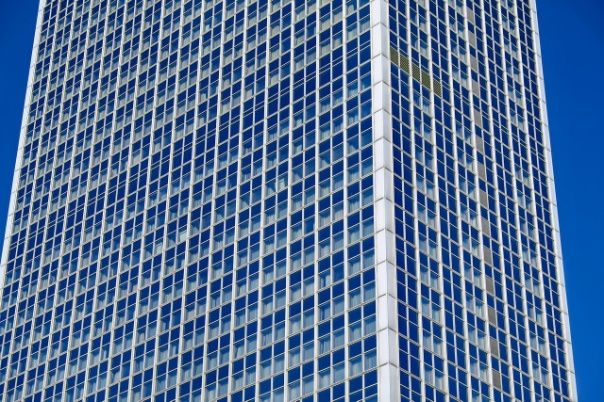Introduction
Public buildings are generally accessible to a wide range of people. The staff, the audience, the suppliers and the visitors are free to enter and leave. Dangers and hazards arise in a wide variety of ways. Unlikely and unforeseen events create particularly critical circumstances and scenarios.
Safety measures include situational awareness, warning and prevention as well as the documentation of incidents to support police action. Supreme discipline is the most unobtrusive avoidance of dangers, incidents and attacks.
Measures to ensure security always mean restrictions on the operation of an organization, behavior of persons involved and business processes. Stronger access controls are now only introduced in exceptional cases and are in contradiction to the desired open and customer-friendly atmosphere in the facilities. Access control by gatekeepers is cost-intensive and can only be realized with a limited audience frequency.
Challenges for solutions consist in the creation, as well as the most inconspicuous, effective and efficient operation of conducive measures, business processes and behavior patterns. Technology can provide essential functions for support. Innovations with the use of suitable sensors in connection with signal processing and pattern recognition technologies are possible and should be analyzed, evaluated and created within the scope of the project. The ability to link new processes with the products introduced and in operation is an essential additional requirement.
Objectives
Measures to promote security require the exploration of threats:
- Impertinent behavior and acts of customers and visitors
- Planned attacks, retaliation, revenge and terrorist acts
- Detection of violations of home bans
- Vandalism, theft.
Measures and equipment inside the building are spread over various areas, which can also be classified differently in terms of safety technology:
- Parking, garages, car parks
- Access and access areas
- Corridors, walkways, elevators, escalators
- Public and freely accessible waiting areas, offices, counters
- Non-public and protected areas
- Supply areas and domestic appliances.
- Inclusion of existing infrastructure and solutions
- Linking of technical solutions with organizational measures
- Consideration of legal framework conditions and societal expectations
- Creation and introduction of new solutions with an innovative potential.
- Use of multi-sensor systems (audio, picture, video, smell)
- Signal processing, pattern recognition and information fusion
- Tracking, behavioral analysis, dynamics
- Recognition of persons
- Gesture recognition
- Use of learning methods for adaptation and optimization (deep learning)
- Case-Based reasoning
- Creation and maintenance of case databases from global data of networked objects.
| Technology | Sensor technology, Signal processing, pattern recognition, classification, AI (artificial intelligence) |
| Markets | Public institutions, authorities, offices, insurance companies, banks, etc., hospitals, universities, schools |
| Remarks | Einbeziehung vorhandener Technik, Berücksichtigung aller gesetzlichen Rahmenbedingungen. |
Links und Downloads
 BuildSec Information flyer [pdf]
BuildSec Information flyer [pdf] BuildSec Informationsblatt [pdf]
BuildSec Informationsblatt [pdf] DITS Projekte [pdf]
DITS Projekte [pdf] DITS Projects [pdf]
DITS Projects [pdf] GIT, 2010: Schutz öffentlicher Gebäude
GIT, 2010: Schutz öffentlicher Gebäude
Refrences from Our Members
Literature from Different Sources
